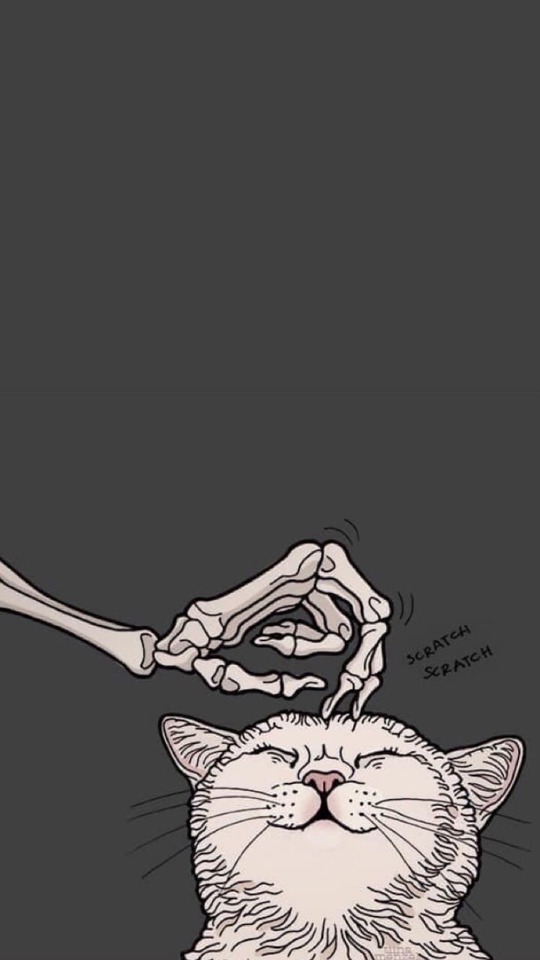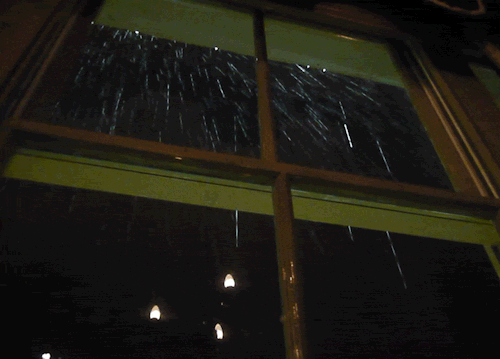Ng-liusaidh - NG

More Posts from Ng-liusaidh and Others










They told me to put my heart in everything I do. So that’s what I did, and I poured and I poured and I poured. Now they ask me why I am so empty and confused. Drawing and illustration Felicia Chiao on instagram.
HERo







The Observable Universe : How far can you see? Everything you can see, and everything you could possibly see, right now, assuming your eyes could detect all types of radiations around you – is the observable universe. In light, the farthest we can see comes from the cosmic microwave background, a time 13.8 billion years ago when the universe was opaque like thick fog. Some neutrinos and gravitational waves that surround us come from even farther out, but humanity does not yet have the technology to detect them. The featured image illustrates the observable universe on an increasingly compact scale, with the Earth and Sun at the center surrounded by our Solar System, nearby stars, nearby galaxies, distant galaxies, filaments of early matter, and the cosmic microwave background. Cosmologists typically assume that our observable universe is just the nearby part of a greater entity known as “the universe” where the same physics applies. However, there are several lines of popular but speculative reasoning that assert that even our universe is part of a greater multiverse where either different physical constants occur, different physical laws apply, higher dimensions operate, or slightly different-by-chance versions of our standard universe exist. via NASA


Es una expresión china que se utiliza cuando uno echa de menos a alguien. Se dice que, entonces, un día dura tres otoños.


‘Proprioception’ is the sense of your own body; the understanding of the position of your limbs relative to each other. You can investigate, and fiddle with, this sense with these simple illusions.
1 - Rubber hand illusion

This is a classic experiment to trick your sense of self. Sit someone down with a stuffed rubber glove in front of them, and their actual hand hidden from view. Stroke both the rubber hand and real hand for about a minute, and they should start to feel like the rubber hand is theirs! Test if it’s worked by slamming down on the fake hand.
2 - Working in a mirror

Have you ever tried this? Looking only in a mirror (block your direct view of your hand), try writing your name. Pretty disorientating when your sight doesn’t match what you feel, right?
3 - Extra finger

Try this to give someone the sensation of having six fingers! Set up the participant in front of a mirror like this, and ask them to look at their hand in the mirror. Stroke their fingers, one by one, from the knuckle to the fingernail, on matching digits of each hand, counting each finger as you go. Repeat it again, but this time, on the concealed hand stroke the inside of the little finger on ‘5’, and then add a sixth stroke, stroking top of the concealed hand’s little finger and thin air next to the visible hand. They should feel like they have a sixth digit!

4 - Double nose

This is a simple one, showing the confusion that can be caused when different parts of our bodies feel different things. Cross your fingers like this, and stroke them across your nose. Because the outside edge of your fingers are touching the nose, it might feel like you have two noses!
5 - Confused fingers

Have your participant stick their arms out, cross them over, interlink and pull them towards themselevs, like this. Then, point at a particular finger - they’ll find it hard to move the finger you pointed at because of the tangle.
6 - Cutaneous rabbit

Test how closely we can feel sensations. Get someone to stick their arm out, then tap them like this: four times at the wrist, 3 times at the elbow, and twice higher up. If you do it consistently, they might feel like the taps were all equally spaced up the arm, not in three distinct spots!
7 - Through the floor

This will give the impression that your arms are sinking through the floor. Get your participant to lie down on the floor with their arms straight out and eyes closed. Pull their arms by the wrists and hold them up for about a minute, then very slowly lower them back to the floor. As you slowly drop them, ask what they feel.
8 - Heavy boxes

Get two boxes that weigh about the same, but are different sizes, and put the same weight in each one. Ask people which is the heavier box. They’ll tend to guess the smaller one, although they actually weigh the same, because their expectation is that the small one should be lighter, so their perception of it’s surprising weight is exaggerated.
Combined, these make a brilliant psychology activity to try with your kids (or, well, anyone!). Get full instructions here.




We’ve nothing whatsoever in common. I don’t even like you. You do!

-
 ririatoukkith-blog liked this · 7 years ago
ririatoukkith-blog liked this · 7 years ago -
 girlinblack200-blog liked this · 8 years ago
girlinblack200-blog liked this · 8 years ago -
 londonn-bridge reblogged this · 8 years ago
londonn-bridge reblogged this · 8 years ago -
 avampiregf liked this · 8 years ago
avampiregf liked this · 8 years ago -
 gabrielgabi326-blog liked this · 8 years ago
gabrielgabi326-blog liked this · 8 years ago -
 wildlovestory69 liked this · 8 years ago
wildlovestory69 liked this · 8 years ago -
 keep-it-wildd reblogged this · 8 years ago
keep-it-wildd reblogged this · 8 years ago -
 robyn-hope reblogged this · 8 years ago
robyn-hope reblogged this · 8 years ago -
 robyn-hope liked this · 8 years ago
robyn-hope liked this · 8 years ago -
 farrago-grande reblogged this · 8 years ago
farrago-grande reblogged this · 8 years ago -
 farrago-grande liked this · 8 years ago
farrago-grande liked this · 8 years ago -
 cosminaab reblogged this · 8 years ago
cosminaab reblogged this · 8 years ago -
 cosminaab liked this · 8 years ago
cosminaab liked this · 8 years ago -
 be-addicted-to-her liked this · 8 years ago
be-addicted-to-her liked this · 8 years ago -
 doi-noua-zero-noua reblogged this · 8 years ago
doi-noua-zero-noua reblogged this · 8 years ago -
 doi-noua-zero-noua liked this · 8 years ago
doi-noua-zero-noua liked this · 8 years ago -
 daca-cerul-se-va-rupe reblogged this · 8 years ago
daca-cerul-se-va-rupe reblogged this · 8 years ago -
 daca-cerul-se-va-rupe liked this · 8 years ago
daca-cerul-se-va-rupe liked this · 8 years ago -
 loveandtravel reblogged this · 8 years ago
loveandtravel reblogged this · 8 years ago -
 loveandtravel liked this · 8 years ago
loveandtravel liked this · 8 years ago -
 raresroca reblogged this · 8 years ago
raresroca reblogged this · 8 years ago -
 raresroca liked this · 8 years ago
raresroca liked this · 8 years ago -
 mariannema liked this · 8 years ago
mariannema liked this · 8 years ago -
 frenzyworks liked this · 8 years ago
frenzyworks liked this · 8 years ago -
 andr-ah reblogged this · 8 years ago
andr-ah reblogged this · 8 years ago -
 chaos-insideout reblogged this · 8 years ago
chaos-insideout reblogged this · 8 years ago -
 0expectopatronus reblogged this · 8 years ago
0expectopatronus reblogged this · 8 years ago -
 young-dreamerr reblogged this · 8 years ago
young-dreamerr reblogged this · 8 years ago -
 i-breathe-music-15sept reblogged this · 8 years ago
i-breathe-music-15sept reblogged this · 8 years ago -
 i-breathe-music-15sept liked this · 8 years ago
i-breathe-music-15sept liked this · 8 years ago -
 o-iubire-eterna liked this · 8 years ago
o-iubire-eterna liked this · 8 years ago -
 leylaqnotes liked this · 9 years ago
leylaqnotes liked this · 9 years ago -
 dirty-minds-and-psychos-sighs reblogged this · 9 years ago
dirty-minds-and-psychos-sighs reblogged this · 9 years ago -
 dirty-minds-and-psychos-sighs liked this · 9 years ago
dirty-minds-and-psychos-sighs liked this · 9 years ago -
 jon735 liked this · 9 years ago
jon735 liked this · 9 years ago -
 leonxr reblogged this · 9 years ago
leonxr reblogged this · 9 years ago -
 blackedoutstarscapes reblogged this · 9 years ago
blackedoutstarscapes reblogged this · 9 years ago -
 sparkles-main reblogged this · 9 years ago
sparkles-main reblogged this · 9 years ago -
 moonsofneptunetm reblogged this · 9 years ago
moonsofneptunetm reblogged this · 9 years ago -
 never-fading-rain reblogged this · 9 years ago
never-fading-rain reblogged this · 9 years ago -
 cofane-opium-eater reblogged this · 9 years ago
cofane-opium-eater reblogged this · 9 years ago -
 just-dreams-j-s-i reblogged this · 9 years ago
just-dreams-j-s-i reblogged this · 9 years ago -
 lovinglifethings reblogged this · 9 years ago
lovinglifethings reblogged this · 9 years ago -
 uncut-version liked this · 9 years ago
uncut-version liked this · 9 years ago
